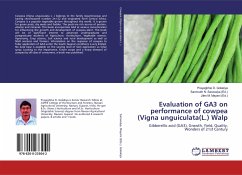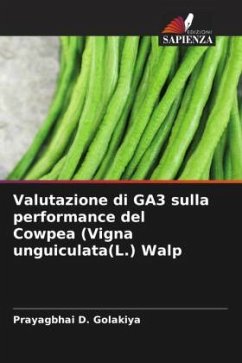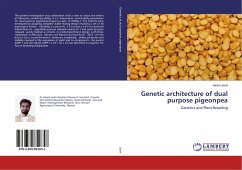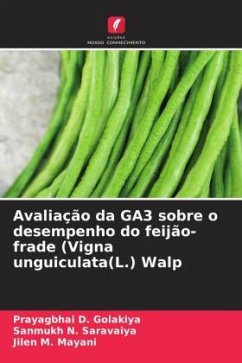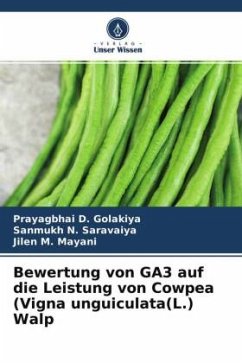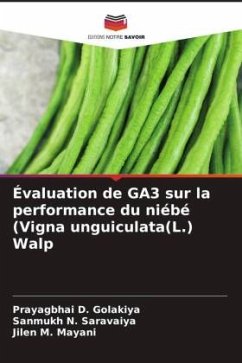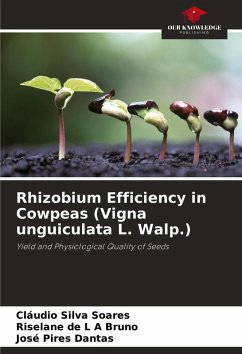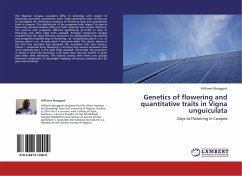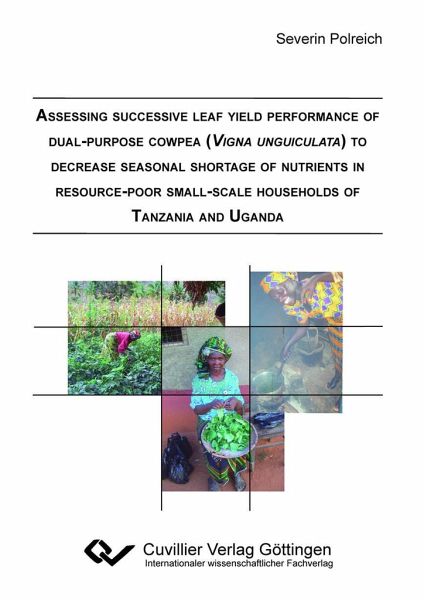
Assessing successive leaf yield performance of dual-purpose cowpea (Vigna unguiculata) to decrease seasonal shortage of nutrients in resource-poor small-scale households of Tanzania and Uganda

PAYBACK Punkte
0 °P sammeln!
This study presents a method to assess yield performance of dual-purpose cowpea types for human consumption and to reveal potentials for further improvement of its use as leafy vegetable. Eleven cowpea accessions with different genetic background and sample status were chosen from AVRDC¿s working collection in Arusha, Tanzania. Among them, dual-purpose cowpeas like Dakawa, Ex Iseke and Ngoji were present that the center has been distributing to local farmers. Multi-location trials in typical cowpea production environments were established both on farm and on station in the regions Arusha, Dod...
This study presents a method to assess yield performance of dual-purpose cowpea types for human consumption and to reveal potentials for further improvement of its use as leafy vegetable. Eleven cowpea accessions with different genetic background and sample status were chosen from AVRDC¿s working collection in Arusha, Tanzania. Among them, dual-purpose cowpeas like Dakawa, Ex Iseke and Ngoji were present that the center has been distributing to local farmers. Multi-location trials in typical cowpea production environments were established both on farm and on station in the regions Arusha, Dodoma, and Kilimanjaro in Tanzania and in Eastern Region, Uganda during the short and long rainy season 2007 and 2008, respectively. Young, tender leaves were picked in successive leaf harvests about every and two weeks until the plants did not produce further leaves. Cowpea seeds were harvested when pods reached 80% maturity. Data of yield parameters were analyzed with analysis of variance (ANOVA), stability analyses were carried out according to the dynamic and static concepts. Reliability of leaf and seed yield performances were calculated based on the probability of outperformance of local check cowpeas that were previously recommended by farmers and extension workers in informal group sessions.




